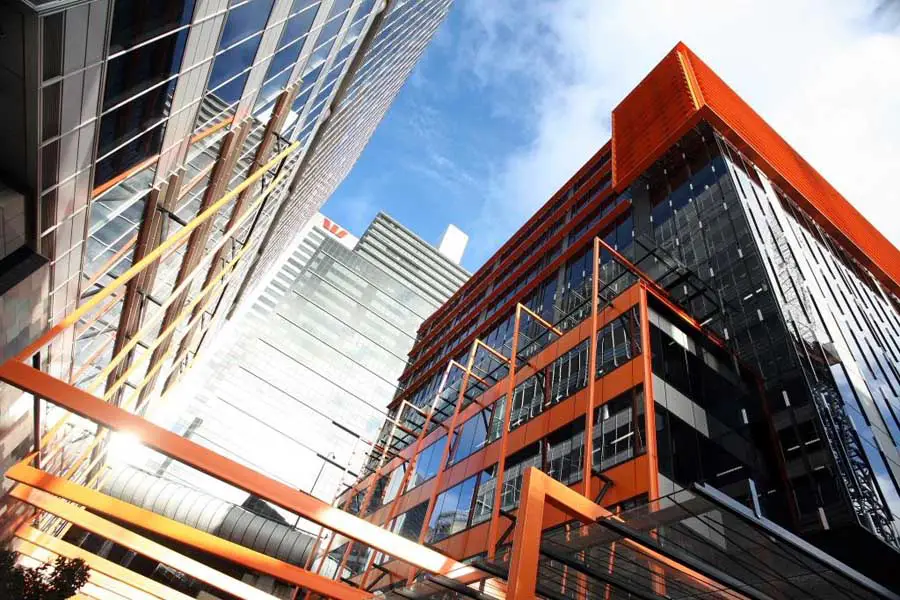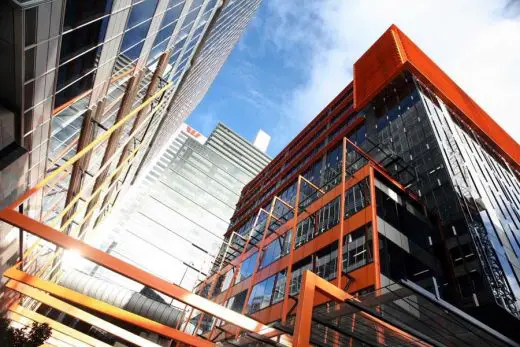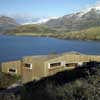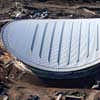People Architecture, Article, Public Occupy Building, Projects, News, Design, Property Image
People in Architecture
Built Environment Discussion by Trevor Tucker
23 Nov 2010
People Architecture
Public in Builidings
What is typically left out of our weekly profiles here, or missing from architecture magazines, proposals, competitions and architects websites? People.
George MacDonald, Victorian fantasy and children’s lit writer, once wrote: Any man is greater than the greatest of books.” I threw that one at my students last night…it’s not a typical thought you’d hear in university. And I got two types of answers: one from the cynics, led by a student who is the son of an ambassador and who feels that “there simply are—in fact 80% of the people—who are just consumers. There are many people who simply have nothing special about them.” Given the tone of his writing, I was not surprised.
Then there were those others who were saddened by the cynical view. These are the hopeful ones, the idealists, the faith-filled ones. C.S. Lewis, in The Weight of Glory puts his own human-loving idealism this way: “It is a serious thing to live in a society of possible gods and goddesses, to remember that the dullest and most uninteresting person you talk to may one day be a creature which, if you saw it now, you would strongly tempted to worship.”
The human stuff. We forget it so easily. I study The Humanities and yet deal more with text than actual humans. Architects, while dealing with the expression of our collective need for shelter and story-telling, seem to forget it too. We’re like the biblical image of the man with the plank stuck in his eye so he’s unable to see.
As always, there are a few provocative projects this week that twist our minds to think in new ways, from the Amex House Sydney (photo above) makes a novel use of shading to keep passing cars from facing the sun’s reflection to the The Southern Architecture Awards (photo below) in New Zealand.
Then there’s the Gama Issa outland house. For this Brazilian country home the architects “spread in independent boxes bedrooms, kitchen, dining room, living room, home theater, atelier, gym, guest rooms, parking place and workers house, all traditional functions.” It’s a series of boxes joined by a free-floating roof. They are connected but exist independently. On the one hand we might baulk at more boxes, but there is something here that flows.
Look at this refreshing little item, though: the renewal of an urban house to the scale in which most of us live. It’s the Brick a Back House in Dublin. The architects have opened up the space to offer a new take on older tract homes. While some of the materials will not fit with lower to middle-income housing, the use of light and space are fantastic. Architecture Republic’s Maxim Laroussi believes that architects, like doctors, are there to serve the public, to serve people, and that the practice has lost this thrust over the past fifty years. Clearly this example is a step toward resetting that imbalance. Our communities could all use a little more human-scale beauty.
Could Olympic buildings—increasingly a showcase for starchitects—speak to who we are as a community?
Seventy-five percent completed, the grand stadiums in profile this week – London Olympic Buildings – show a range of quality and inventiveness. We see the main stadium, the velodrome, the (temporary) basketball arena, and the aquatic centre, by Zaha Hadid, with its iconic roof. Thankfully, this time around there seems to be more than splash. This collection—proceeding with steadfastness and organization—seems nicely integrated with the city, and with how Londoners will use it in the future. Beijing is now out of the spotlight; the painted smiles are relaxed. Now London is on deck, and arguably with human-scale democracy personified in its buildings.
Vamping on this theme, two final profiles deserve attention. The architects of the impressive 400 George Street, Brisbane say this: In contrast to most office towers of the past two decades, 400 George Street devotes it base not to corporate image but to public life.” The project shows a focus on both public and artful meditative space.
And the same impulse toward the more subtle of human needs is shown in the profile of the A-House in Copenhagen, which is a novel collection of various-sized living spaces which form a textured community setting. The architect says this: “The former industrial building has a character and history that you do not find in modern/new buildings. The ambition with the A-House has been to extend the raw industrial building with a new and modern expression, without eliminating the unique character of the old building.”
Character. Aging. Community. Spiritual Reflection: the human stuff.
Such thoughts are close these days, whether it is because of opinionated eighteen-year-old university students or something closer to home. Yesterday my father had his first treatment of chemotherapy. He has inoperable colon cancer. He cannot dress himself. He can barely whisper at times. And yet, as the nurse moved his wheelchair, and said, “Ok, now I’m going to do some dance moves with you,” a light shot on in his increasingly foggy mind. His eyes perked up. “Oh…that sounds great,” he says. “What about a jitterbug?” And then he starts singing a doo-wop song popularized by the Crew-Cuts in the late fifties: Sh-Boom. “Life could be a dream/ if I could take you up in paradise up above/ if you could tell me I’m the only one that you love/ life could be a dream sweet heart. Sh-boom, sh-boom, sha-la-la-la-la-la….”
Greater than the greatest of books…and of buildings, too.
Trevor Tucker
Editor and sessional professor of English literature at the University of Ottawa
ttucker(at)rogers.com
Architectural Articles by Trevor Tucker
Architecture Context : article by Trevor Tucker. 21 Sep 2010
Architecture Narrative : article by Trevor Tucker. 24 Aug 2010
Sustainable Architecture Design : article by Trevor Tucker. 18 Aug 2009
Nature Architecture : article by Trevor Tucker. 15 Sep 2009
International Architectural Designs
Planetization Architecture : article by Mphethi Morojele – 17 Aug 2010
Sustainable Buildings – Building Issues : article by Adrian Welch
Comments / photos for the People in Architecture Article page welcome









